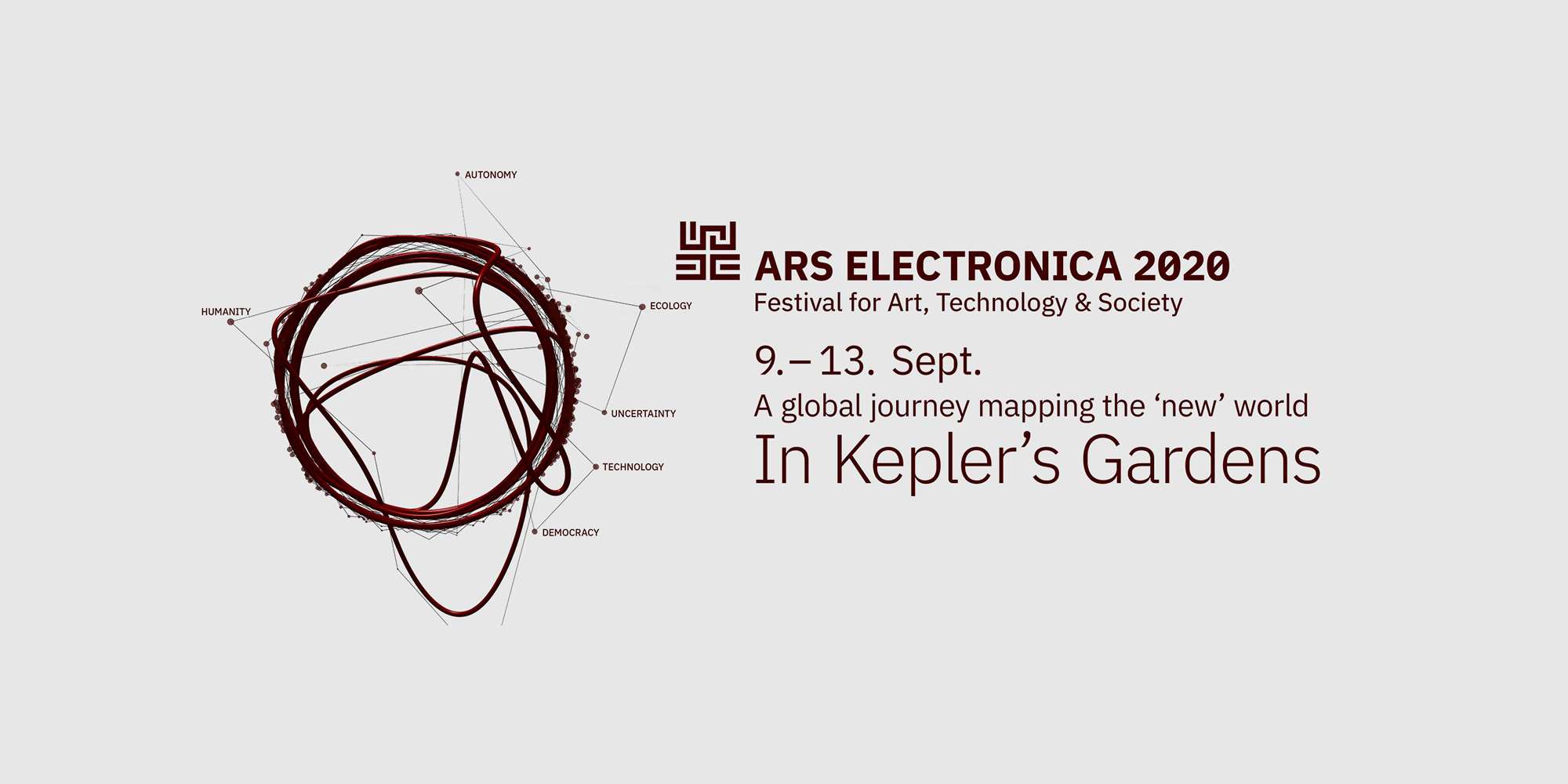Ecology

PSM presents Catherine Biocca
PSM Gallery (DE)
Within her body of work, Catherine Biocca frequently shapes environments that insinuate total autonomy from the viewer’s reality. It is almost as if, by visitation, we are actually intruding upon private property or a theater stage, interrupting the very happenings taking place. Her characters, often recognizable as anthropomorphized assemblages, are consistently active and presently conscious within their surroundings.

The Sonic Adriatic Garden
In this 40-minute-long program, we will present fragments of compositions by selected artists, which showcase the above or underwater sonic scapes of the Adriatic Sea. All of the featured sound works can be listened to in their entirety within the sonoAdriatic tales program. The Sonic Adriatic Garden is a special part of the project, devoted to the sonic wilderness of the Adriatic Sea, which offers the audiences a chance to immerse themselves into under/above water soundscapes of the region. Audiences are invited to open their ears and listen to the vast array of sounds, among them the sound mapping of the Korčula Island, an artist’s reflection on the tides, the circulation of the water body, and the melodies of diving in submerged caves of the Quarner bay area. Some of the tales deal with underwater noise pollution and showcase the human sonic impact on the underwater habitat and marine life, as well as the presence of morphologies hidden in the palimpsests of memory of the places once heavily exploited in the name of urbanization, tourism and industrial progress that marks the Adriatic Sea
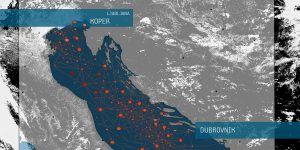
The “Aquaformations” Roundtable
The round table Aquaformations, (International S.A.I.N.T. Caffe) which is part of the Adriatic Garden project, will extensively focus on the values the project aims to stress, namely care, kindness, compassion, environmental justice, action-taking, and cooperation with the Adriatic Sea and its creatures. In discussion with local and international experts and citizens, we will delve into the anthropo-socio-technological relationship with the sea, describe the impact our enterprises have on waters, as well as address the issues we have to tackle to achieve sustainable collaboration among researchers, artists, institutions and citizens, who work in the field of maritime research and conservation. We will also point out how the collaborative endeavors of artists, scientists, citizen scientists and active individuals have the potential to provide excellent support to their local communities. We will host experts on environmental law, biodiversity, marine science, artists addressing ecological / environmental topics, experts working in the commercial sector, educators and many more.

Natalia Fedorova: To be the wind for the tree
Did you ever want to hear a tree talk? Did you ever want to feel how the water goes up the tree crones? How does the wind feel for the tree? The project of the artist and curator Natalia Fedorova is based on the idea of the Internet of Trees (IoT) verbalizing the tree sensualities. It consists of a poetry generator producing iterations based on TT and sensor data.
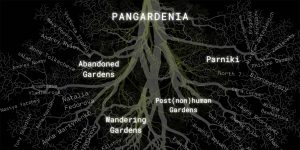
Mediation in AIR Gallery
Pangardenia is an epidemic that has taken over the gardens and gardens that have taken over us. It vests everyone with the desire to grow or be grown by somebody else. We, St.-Petersburg artists, want to explore this phenomenon, find the new life forms generated by this epidemic and study the old ones which were preserved and hidden in the gardens. Pangardenia is made up of four paths: Parniki, Abandoned gardens, Wandering gardens, and Post(non)human gardens. One day for each path (subtheme) and a closing move of Pangardenia.

Ethan Avila, Laura Rodriguez: The Fruits of Consciousness
The final path of the trip is dedicated to finding new types of life forms, combining both human and non-human agents: robotics; AI+nature; the garden as a model of human consciousness; how to explain gardens to non-human agents; how to explain smells and touch to AI; collecting data from the gardens; big data and consciousness.

The “Aqua_Forensic” Exhibitions
Aqua_forensic is an artwork that will be exhibited at various locations during the Ars Electronica 2020: This includes the group exhibition Living Objects at the City Art Gallery in Ljubljana, Slovenia.

Pangardenia Boat Trip
Saint-Petersburg is a city built on swamps and full of water. We don’t have much greenery rooted in soil, but we do have underwater “gardens” (microbiome of Neva, Fontanka, Krukov Kanal, etc.) and deeply layered swamp life in the city’s depth. This path will lead us through water nomadic gardens of the city and its outskirts. It will be a site-specific artistic boat-trip that collaborated with boat-drones whose task is to collect eco-data.

Evgeniy Molodsov: Ramus
Cultural institutions such as universities and museums are locked. Used to be full of activities and people, today they are abandoned gardens. We will visit these semi-closed, semi-live spaces and share this experience online to recreate them in virtual spaces and to find new ways for growing knowledge and art.
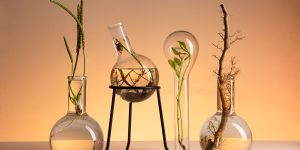
Boris Shershenkov: Short glimpse through the curtain (2020)
The Russian term Parniki means greenhouses but they hold a connotation of hot closed space for plants, mostly southern such as tomatoes. Because of the cold climate and less natural light in Saint Petersburg we need to create an artificial climate for growing most plants. On this path we visit artists at their homes; explore indoor gardening; autonomous existence; creating gardens for spaceships and any other types of "capsuled" life.
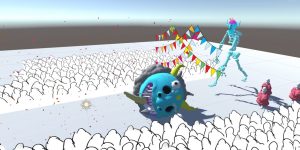
Exploring presence and time in lockdown
Jason Phu (AU), Josh Harle (AU)
"The Eternal Parade”, combines a world of mythological and fantasy creatures together in an endless parade of supernatural spirits. Exploring lockdown-appropriate, novel ways of making and presenting VR art, artist Jason Phu worked with Tactical Space Lab to create a perpetual, constantly-changing street scene via a 360 YouTube live-stream, accommodating anything from phones, TVs, or laptops, to various VR headsets to view in isolation or otherwise.
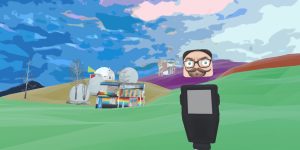
Exploring communities in out-moded utopias
Kylie Banyard (AU), Josh Harle (AU)
Extending from a body of work inspired by the history of Black Mountain College, an experimental avant-garde college in the mountains of North Carolina, artist Kylie Banyard worked with Tactical Space Lab to explore a model of ‘intentional’ community spaces within virtual reality. Initially attracted to Mozilla Hubs for its broad accessibility, Hubs aptly echoed the same idealistic, almost utopian themes of communal, alternative living at the heart of BMC, Freetown Christiania and others.
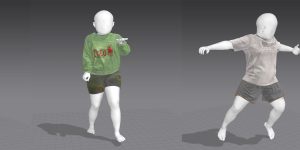
Recomposing histories through VR
Claudia Nicholson (AU), Josh Harle (AU)
Claudia Nicholson’s paintings reconfigure colonial depictions of first contact in the Americas, embedding the work with folklore and personal histories in a bid to disrupt colonial narratives. Landscapes are rearranged to leak into each other, to conflate time, myth and ecologies.
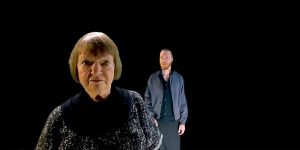
Being within the story
John Gillies (AU)
A virtual experience of uncertainty, intangibility, and off-kilter interpersonal connections. Developed through experimental collaboration at Tactical Space Lab, making use of 180-degree stereo footage in a 6dof virtual space, and experienced within a theatrical physical staging, the work makes use of a rich landscape of spatialized sound to create a sense of shared presence.

Reconciling conflict in imaginary places
Louise Zhang (AU), Josh Harle (AU)
Working in collaboration with Tactical Space Lab, the work invites the audience to visit the "Mei guanxi" temple as a place not dictated by a single narrative, but of multitudes and acceptance, and inhabited by a selection of Zhang's sculptural works that have been scanned, modelled, and simulated using HoudiniFX to imbue them with life and motion.

On the symbolic power of architectural form
Tarik Ahlip (AU), Josh Harle (AU)
This project extends Tarik Ahlip’s study of sculptural form as a medium for exploring ontologies and socialised ideals of nature. Drawing on his background in architecture and interest in film, Ahlip’s worked with Tactical Space Lab to explore the figurative dimensions in sculpture within a cinematic composition of scenes in VR.

The music between chaos and control
Nic Cassey (AU), Josh Harle (AU)
Riffing on discussions around improvised performance, musician Nic Cassey worked with Tactical Space Lab to create a generative ‘instrument’ in VR, both played by and in collaboration with the VR participant. Combining elements of a mandala-inspired, hand-drawn style with a unique system for creating generative music, the work explored the tension at play between chaos (change) and order (the static) at play in improv music and other generative systems, manifested as the tension between harmony and dissonance, progression and development of the music.
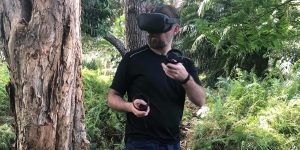
On eco-sensuality with untethered VR
Grace Kingston (AU), Josh Harle (AU)
Artist Grace Kingston’s work with Tactical Space Lab explored themes of artifice and facade vs nourishment and connection in our digitally-mediated evocations of the natural world, making use of the stand-alone capabilities and hand-tracking of the Oculus Quest to create a site-specific VR work that maps to the natural landscape and features it’s experienced in.
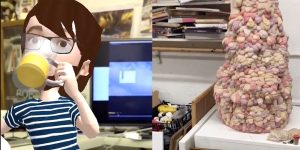
INVISIBLE Studio visits with Andy Holden and Thijs Biersteker
Andy Holden (UK) and Thijs Biersteker (NL)
Join us for a behind-the-scenes studio visit with INVISIBLE artists Andy Holden (UK) (INVISIBLE / DARK MATTER) and Thijs Biersteker (NL) (INVISIBLE - Gravitational lensing)

Axis - Harvesting isolation
Víctor Mazón Gardoqui (ES/DE)
7-day trip from Punta Arenas, 32-hour waiting in front of the Yelcho scientific station Waiting on the high seas for a favorable climatic window to continue sailing, supposes a dislocation of space and time. The parallel 66° 33′ 46″ passes in front of us. A still image exposed to 24 hours of light, on a 360° horizon. The staticity of the sea in the bay of Yelcho. An abrupt and mountainous environment added to the roar of the katabatic winds generates a rupture of perception in scale and distance. The wait. Advancing a small way to the base. Space for registration. The devices -through their sensors- capture the sense of place. A viewing angle of 46° in contrast with the spherical and immersive recording of the hertziosphere, where the alterity of bodies and anthropogenic frequencies in contrast with the autochthonous ones.
